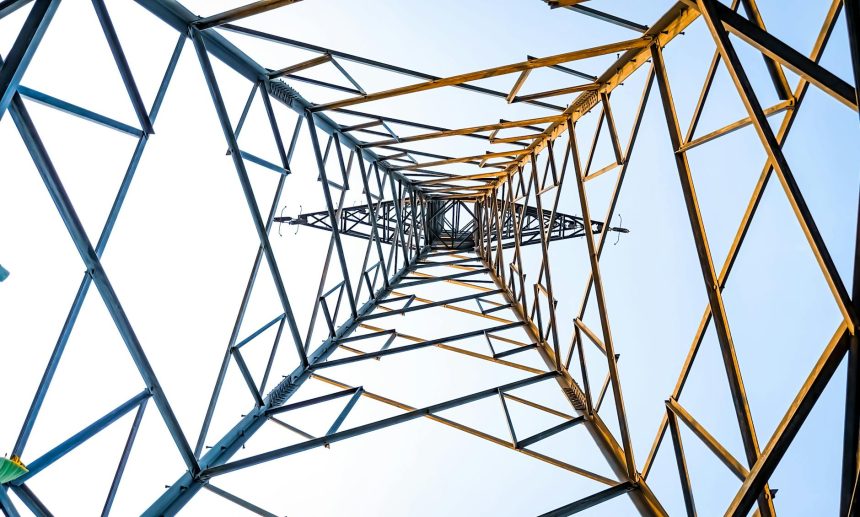nuclear-power-plant-safety
Nuclear Power Plant Safety: Why ZNPP’s Truce Matters Now!
Imagine a facility holding immense power, a crucial source of energy, now caught in the crossfire. This isn’t a hypothetical scenario; it’s the stark reality facing the Zaporizhzhia Nuclear Power Plant (ZNPP). The recent declaration of a local truce around this vital site to repair damaged power lines underscores a critical, often overlooked issue: **Nuclear Power Plant Safety**. Why is a ceasefire for power lines so monumentally important, and what does it reveal about the fragility of our most complex energy systems?
Understanding **Nuclear Power Plant Safety**: A Global Imperative
Ensuring the operational integrity of nuclear facilities is not merely a local concern; it’s a global imperative. Nuclear power plants rely on a complex web of interconnected systems that demand constant, stable power to function safely. From cooling spent fuel rods to monitoring reactor conditions, any disruption to the power supply can quickly escalate into a catastrophic event, potentially releasing radioactive material with far-reaching consequences.
The Zaporizhzhia Situation: A Case Study in Risk
The Zaporizhzhia Nuclear Power Plant, Europe’s largest, has been at the center of international concern due to ongoing conflict in its vicinity. Damage to external power lines, a direct result of hostilities, has repeatedly cut off the plant from the national grid. This precarious situation highlights the immense risks associated with operating such critical infrastructure in a war zone.
Critical Systems: The Lifeline of a Nuclear Facility
What exactly are these “critical systems” that demand an uninterrupted power supply? They include:
- Reactor Cooling Systems: Essential for preventing overheating and potential meltdown, even when the reactor is shut down.
- Spent Fuel Pool Cooling: Used fuel rods generate heat for years and require continuous cooling.
- Monitoring and Control Systems: Continuously track radiation levels, temperatures, and pressures.
- Security and Communication Systems: Vital for internal and external communication, and physical protection.
Without power, these systems cannot operate, jeopardizing the entire facility and its surrounding environment. The fragility of this setup makes robust **nuclear power plant safety** protocols non-negotiable.
Ensuring **Nuclear Power Plant Safety**: Challenges and Solutions
Maintaining safety at a nuclear facility, especially one under duress, involves overcoming significant challenges. The primary concern is always a stable power supply, both external and internal.
The Role of External Power Grids
Nuclear power plants are typically connected to multiple external power lines from the national grid. These connections serve two purposes: to transmit the electricity generated by the plant and, critically, to provide “off-site power” for essential safety functions when the reactor is offline or during maintenance. When these lines are damaged, the plant loses its primary backup.
Backup Power Systems: The Last Line of Defense
When external power is lost, nuclear plants must rely on their emergency backup systems. These typically include:
- Diesel Generators: Large, powerful generators designed to kick in automatically. They require fuel and maintenance.
- Batteries: Provide short-term power for critical instrumentation while generators are starting up.
- Alternative Off-site Power: Sometimes, plants have connections to different sections of the grid or even other power stations as a last resort.
However, even these robust backup systems have finite limits. Fuel supplies can run out, and equipment can fail, especially under prolonged stress or in a conflict environment. This is why repairing damaged power lines, as seen at ZNPP, isn’t just about restoring electricity; it’s about restoring multiple layers of defense for **nuclear power plant safety**.
Mitigating Risks: International Efforts and Local Truces
The international community, particularly the International Atomic Energy Agency (IAEA), plays a crucial role in monitoring and advocating for the safety and security of nuclear facilities worldwide. Their presence at ZNPP, despite the challenges, is a testament to the global concern.
Humanitarian Corridors for Repairs
The recent local truce for power line repairs is a direct outcome of intense diplomatic efforts and a recognition of the immense danger. Establishing such “humanitarian corridors” allows engineers and technicians to access and repair damaged infrastructure without the immediate threat of hostilities. This temporary cessation of conflict is vital for maintaining the plant’s stability and preventing a wider crisis.
Global Implications of Nuclear Incidents
A major incident at a nuclear power plant could have devastating consequences, not just for the immediate vicinity but across vast regions. Radiation doesn’t respect borders. The lessons from past nuclear accidents, such as Chernobyl and Fukushima, underscore the importance of preventative measures and robust safety protocols under all circumstances.
For more insights into global nuclear safety standards, visit the International Atomic Energy Agency (IAEA) website. Understanding the layers of protection is key to appreciating the complex topic of nuclear power plant safety.
Future of **Nuclear Power Plant Safety**: Lessons Learned
The ongoing situation at ZNPP serves as a stark reminder that the principles of **nuclear power plant safety** must be upheld even in the most challenging geopolitical landscapes. It emphasizes the need for:
- International agreements to protect nuclear infrastructure during conflicts.
- Enhanced physical security and redundancy for power supply systems.
- Continuous dialogue and cooperation between all parties involved.
Ultimately, the global community shares a collective responsibility to safeguard these facilities. The truce around ZNPP, while a temporary measure, represents a crucial step towards preventing a potential catastrophe and highlights the urgent need for sustained efforts to ensure the safety of all nuclear power plants.
What are your thoughts on ensuring the security of nuclear facilities in conflict zones? Share your perspective in the comments below!
Zaporizhzhia Nuclear Power Plant aerial view power lines repair truce








